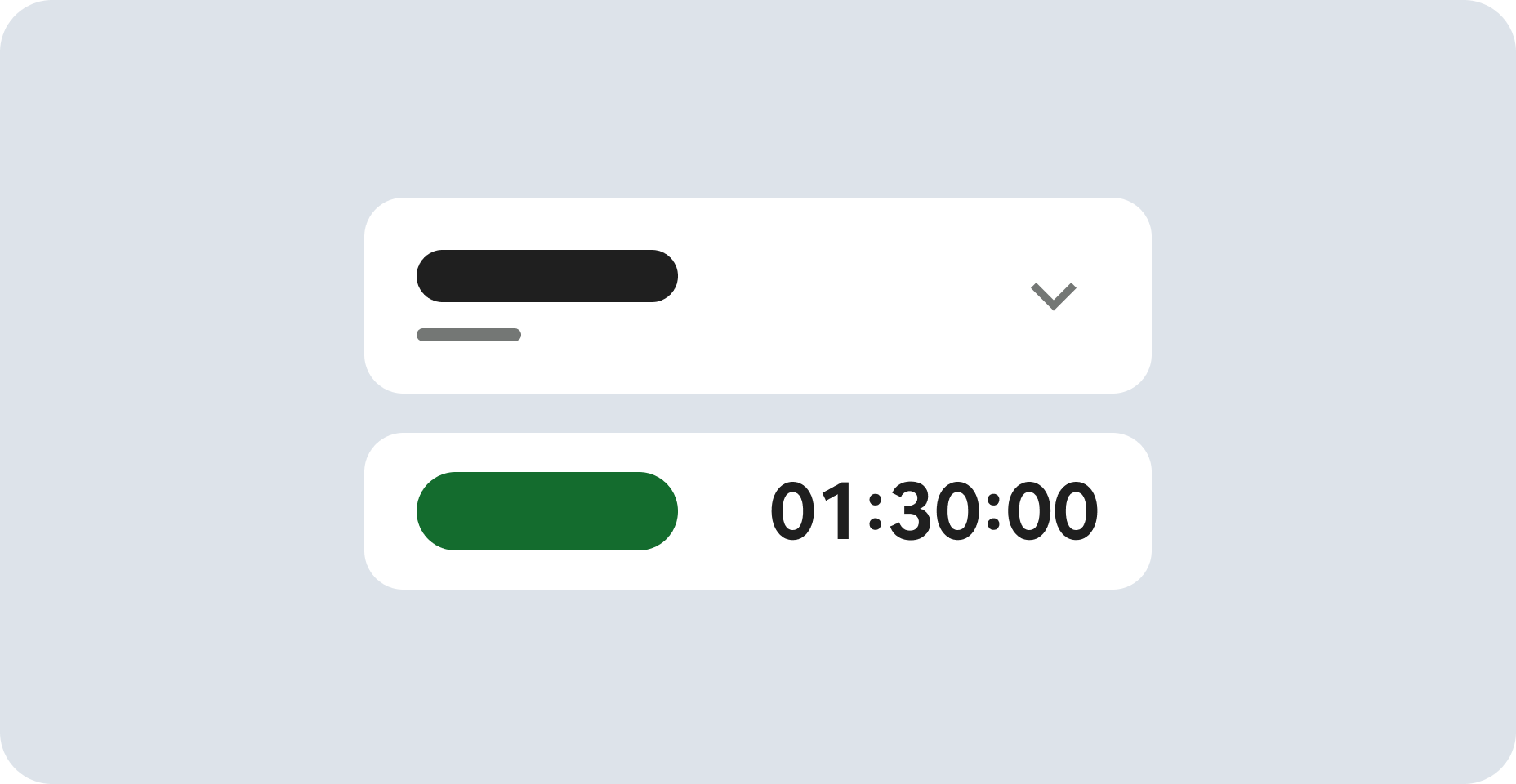
시작하기 전에
- 실습에서는 정해진 기간 동안 Google Cloud 프로젝트와 리소스를 만듭니다.
- 실습에는 시간 제한이 있으며 일시중지 기능이 없습니다. 실습을 종료하면 처음부터 다시 시작해야 합니다.
- 화면 왼쪽 상단에서 실습 시작을 클릭하여 시작합니다.
Create a new Bigtable instance
/ 10
Create and populate Bigtable tables
/ 20
Create Bigtable table and dataflow job
/ 20
Configure replication in Bigtable
/ 10
Create Backup and restore data in Bigtable
/ 10
Delete Bigtable data
/ 10
In a challenge lab, you’re given a scenario and a set of tasks. Instead of following step-by-step instructions, you will use the skills learned from the labs in the course to figure out how to complete the tasks on your own! An automated scoring system (shown on this page) will provide feedback on whether you have completed your tasks correctly.
When you take a challenge lab, you will not be taught new Google Cloud concepts. You are expected to extend your learned skills, like changing default values and reading and researching error messages to fix your own mistakes.
To score 100% you must successfully complete all tasks within the time period!
This lab is recommended for students who have enrolled in the Create and Manage Bigtable Instances skill badge. Are you ready for the challenge?
Read these instructions. Labs are timed and you cannot pause them. The timer, which starts when you click Start Lab, shows how long Google Cloud resources are made available to you.
This hands-on lab lets you do the lab activities in a real cloud environment, not in a simulation or demo environment. It does so by giving you new, temporary credentials you use to sign in and access Google Cloud for the duration of the lab.
To complete this lab, you need:
You have been hired as a database engineer for an ecommerce company that is interested in personalized sales. The company is interested in Bigtable to store online user interactions with products and personalized recommendations from machine learning models.
For your first assignment, you have been tasked with setting up the Bigtable instance and tables to store sample data for the user interactions with products and the personalized recommendations for each user, so that your team can explore these ideas further.
You are expected to have the skills and knowledge for these tasks, so step-by-step guides are not provided. Unless instructed otherwise, you can use any workflow or tool to accomplish the tasks.
To begin your project, create a new Bigtable instance named ecommerce-recommendations with the following requirements:
| Property | Value |
|---|---|
| Instance ID | ecommerce-recommendations |
| Storage Type | SSD |
Your instance must have one cluster, configured with autoscaling, and use the following requirements:
| Property | Value |
|---|---|
| Cluster ID | ecommerce-recommendations-c1 |
| Region | |
| Zone | |
| Minimum number of nodes | 1 |
| Maximum number of nodes | 5 |
| CPU utilization target | 60 |
Click Check my progress to verify the objective.
To store the user engagements with products, create a table named SessionHistory.
gs://spls/gsp380/retail-engagements-sales-00000-of-00001| ... | Engagements | ... | ... | Sales |
|---|---|---|---|---|
| ... | red_skirt | red_hat | orange_shoes | sale |
| orange4029#1638940844261 | purchased | orange_shoes#orange_hat | ||
| purple3137#1638940844261 | seen | seen | purple_hat | |
| green1032#1638940844261 | seen | green_blouse |
Click Check my progress to verify the objective.
To store the product recommendations by user, create a table named PersonalizedProducts.
gs://spls/gsp380//retail-recommendations-00000-of-00001| ... | Recommendations | ... | ... | ... |
|---|---|---|---|---|
| ... | Recommendation0 | Recommendation1 | Recommendation2 | Recommendation3 |
| purple3103 | purple_hat | purple_blouse | purple_skirt | purple_jacket |
| yellow4744 | yellow_dress | yellow_jacket | yellow_shoes | yellow_hat |
| blue1936 | blue_shoes | blue_blouse | blue_dress | blue_hat |
Click Check my progress to verify the objective.
To configure replication, use the following requirements:
| Property | Value |
|---|---|
| Cluster ID | ecommerce-recommendations-c2 |
| Region | |
| Zone | Select any available zone |
Apply node autoscaling to match the cluster you created in Task 1.
Click Check my progress to verify the objective.
To support data recovery, create a backup of the PersonalizedProducts table:
After you create the backup, restore the backup as a new table named PersonalizedProducts_7_restored.
Click Check my progress to verify the objective.
For your final task, delete all Bigtable tables and backups, and then delete the Bigtable instance to conserve company resources.
Click Check my progress to verify the objective.
In this challenge lab, you proved your Bigtable skills by creating a new Bigtable instance, creating and populating new tables, configuring node autoscaling and replication, and backing up and restoring data in Bigtable.
This self-paced lab is part of the Create and Manage Bigtable Instances skill badge. Completing this skill badge earns you the badge above to recognize your achievement. Share your badge on your resume and social platforms, and announce your accomplishment using #GoogleCloudBadge.
This skill badge is part of Google Cloud’s Database Engineer learning path. Continue your learning journey by enrolling in the Migrate MySQL Data to Cloud SQL Using Database Migration Service skill badge or the Create and Manage Cloud SQL for PostgreSQL Instances skill badge.
...helps you make the most of Google Cloud technologies. Our classes include technical skills and best practices to help you get up to speed quickly and continue your learning journey. We offer fundamental to advanced level training, with on-demand, live, and virtual options to suit your busy schedule. Certifications help you validate and prove your skill and expertise in Google Cloud technologies.
Manual Last Updated October 16, 2025
Lab Last Tested October 16, 2025
Copyright 2025 Google LLC. All rights reserved. Google and the Google logo are trademarks of Google LLC. All other company and product names may be trademarks of the respective companies with which they are associated.




현재 이 콘텐츠를 이용할 수 없습니다
이용할 수 있게 되면 이메일로 알려드리겠습니다.

감사합니다
이용할 수 있게 되면 이메일로 알려드리겠습니다.


한 번에 실습 1개만 가능
모든 기존 실습을 종료하고 이 실습을 시작할지 확인하세요.
